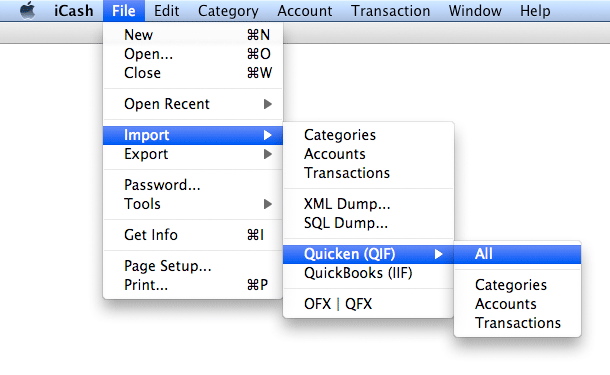

Sample exported Information ListĪfter exporting the list, you have to map the field by matching Quicken Fields to QuickBooks Desktop Fields. Repeat steps e and f until all the fields that you want to import are selected, then select Done.From the Tools menu, select Address Book.Note: It is required to enter at least one address in order to export in Quicken. Copy and paste your QuickBooks Desktop information into your Quicken address file.Step 3: If you are using Quicken Home & Business, you can export/import the address book from Quicken in the. QIF File (for accounts) and Address (for names). Note: The QIF import is not available for checking, savings, credit cards, 401(k), and other brokerage accounts. IIF file (right-click the file, then select Open with > Choose Program > Microsoft Office Excel). Copy and paste your QuickBooks Desktop information into your Quicken (.QIF) file.Step 2: Export your information from Quicken into a. On the Export window, select Create new worksheet: in a new workbook, then choose Export.From the Excel drop-down, choose Export Vendor List.Go to the Vendors menu, then select Vendor Center.In the File name field, delete the asterisk (*), then enter a file name.From the Save in drop-down, choose the location where you want to save the IIF file (often, this will be your Desktop).Mark Chart of Accounts and Vendor List, then select OK.Go to the File menu, then select Utilities > Export > Lists to IIF Files.Step 1: Export your Chart of Accounts (COA) and Vendor List Follow the steps below to manually convert your data from QuickBooks Desktop to Quicken using Excel.


 0 kommentar(er)
0 kommentar(er)
